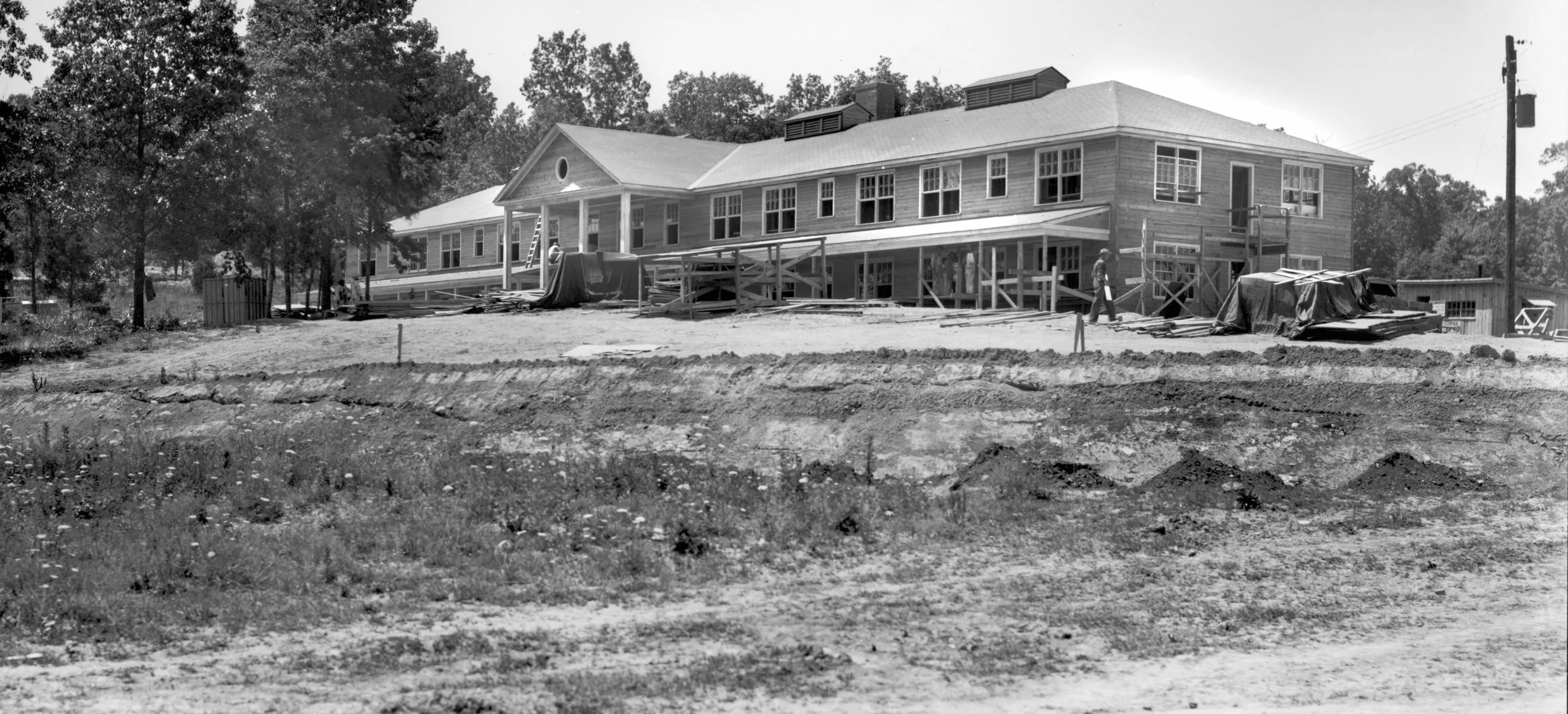It was with great interest I read the two part article in “Historically Speaking” by Sue Frederick about Lydia Simpson’t visit to Oak Ridge in August.
While I did attend Simpson’s presentation at the August meeting of ORHPA, I witnessed a very different dynamic than the one described in Frederick’s piece. My observations were not the sudden revelation from a single meeting, but rather a long slow awareness born of 18 years of listening to Oak Ridgers talk about their legacy.
Audience members had questions They were frustrated. What can we do to get this story out there? Is there grant money to help us market the community? What advice would you, Simpson, give our community?
Much of the frustration comes from outside groups framing the Oak Ridge story for their own ends. I see a community which for over 50 years allowed the Japanese, along with other nations, to define Oak Ridge. In marketing, it’s called branding. To the world, Oak Ridge is the birthplace of the bomb dropped on Hiroshima.
This Japanese branding campaign, which was expertly done, has had a cumulative, corrosive affect on the psyche of the town. When the outside world condemns you, it allows doubt to creep into your thinking about your self-worth.
Nobody locally is to blame for this trauma to the city’s civic pride. Beginning in the 1960’s, protestors came to town each August to condemn the arms race in general and the bombing of Hiroshima specifically. The locals chose the path of least resistance: they ignored the protestors.
This made total sense. There was no upside to confrontation. Better to just go about your business. The protestors, once they got their coverage on the local news, would always go away.
Silence worked, but over 50 years, it took a toll on the community. Every August would come international coverage of the memorial services in Hiroshima and Nagasaki and, along with it, condemnation of the United States. Japan never wasted a branding opportunity.
The nation, in response to the scorn of the world, did exactly what Oak Ridge did locally; they ignored it. Silence was the best policy. There were unintended consequences of this silence
The national policy of silence meant Oak Ridge was abandoned by the nation it had served, decades before, during a time of crisis. When criticism was hurled at the Secret City, it needed the support of the nation. The nation turned its back. Oak Ridge’s pride took yet another beating.
This pummeling of the United States by Japan strikes me in many ways as very odd. Particularly if you know just a little bit about world history after World War II.
After the Japanese surrender, the U.S. occupied Japan for seven years. Our country helped rebuild their government, dismantle their military, reinvigorate their educational institutions and oversaw the resurrection of their industrial base.
Over 30 years, Japan went from a defeated, destroyed militaristic culture to the second largest economy in the world. Along the way to prosperity Japan decimated the U.S. consumer electronics industry and its automotive sector too. Japan’s rebuilding is perhaps the most inspiring story of 20th century world history. What they did, with America’s help, was amazing and unprecedented.
Yet every August, Japan wags its finger at America over Hiroshima and Nagasaki. The memorial services allow the Japanese to remind the world of the atrocities committed by the United States on the innocent civilians of Japan. Every single year the memorial services are held. Japan never passes on a branding opportunity.
The Japanese refuse to admit their own atrocities during the war. Some 3-10 million people died at the hands of the Japanese. Japan claims the numbers are grossly exaggerated and politically motivated. They wish to forget their own horrors of war.
What has all this have to do with heritage tourism? Everything. Who will define the Oak Ridge story? The Japanese or Oak Ridge? Right now, the Japanese own the issue and drive the agenda on the world stage.
There are dozens of stories to tell about Oak Ridge during World War II. Hiroshima is one of the many narrative threads, but by no means, the only one. Japan wants only one story told and they have been wildly successful at telling that one story, but Oak Ridge must decide its legacy, not Japan.
The 75th anniversary of the ending of World War II approaches quickly. Only 29 months. This is a shorter time than the history of Oak Ridge from condemnation of the farmland to the surrender of Japan.
Oak Ridge must seize the opportunity and define its own legacy. There must be a full-throated affirmation of Oak Ridge’s role in helping end World War II. The community must proclaim a united message of civic pride. It might go something like this:
“The Oak Ridge community was essential to the successful construction of the atomic weapon used at Hiroshima. Our community was asked to do essential war work under impossible conditions. We did everything asked of us and more. Our work brought a swift end to World War II.
Hiroshima is part of our legacy. We did it. We own it. We will not apologize. We will not offer atonement for sins we did not commit. We refuse to have any other group decide the history of our community.”
If Oak Ridge citizens do not vigorously defend their legacy in the nation’s history, why should they think that anybody else will do it for them?
